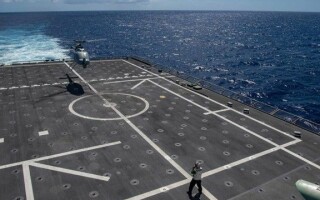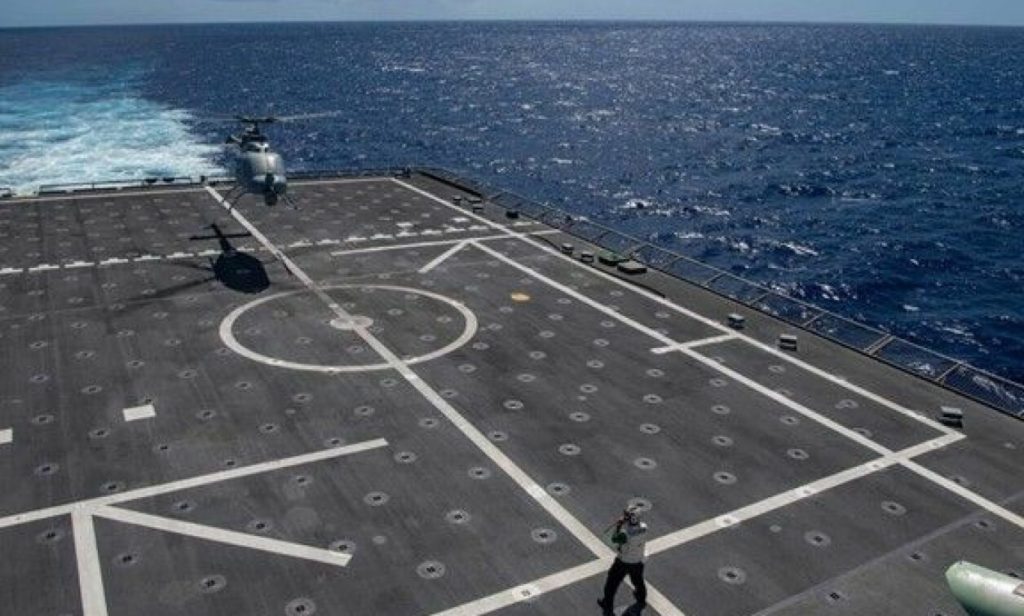News
May 25, 2022

SAN DIEGO. US Navy leaders deployed the MQ-8C Fire Scout autonomous, runway-independent helicopter system, to the Indo-Pacific Area of Responsibility aboard the USS Jackson (LCS-6) to deliver improved maritime intelligence, surveillance, reconnaissance and targeting (ISR & T) capability to military commanders. This is the unmanned aircraft system’s (UAS’s) second operational deployment.
The UAS ” capability will provide a wide area of distributed maritime operations in the Pacific via its onboard sensors and integration with manned platforms and assets.
“The MQ-8C Fire Scout is an extremely flexible unmanned aerial system and a pillar in the Navy and Marine Corps unmanned campaign plan,” says Capt. Dennis Monagle, US Navy. “While Fire Scout will still be active on remaining littoral combat ships, the system is being built into the Constellation-class frigate design, most notably the USS Constellation (FFG-62), as well as other ship classes.”
Future deployments of the MQ-8C Fire Scout are planned on Constellation-class guided-missile frigates and operations from shore sites under the Expeditionary Advance Base Operations concept, which also includes potential logistics cargo role. Other potential future duties for the MQ-8C may include mine countermeasures and anti-submarine warfare.
The Northrop Grumman-built MQ-8C also supports manned-unmanned teaming (MUMT), enabling sensor data sharing across a distributed force, further increasing survivability, enhancing weapons capacity, and reducing risk to and burden on manned aircraft.



